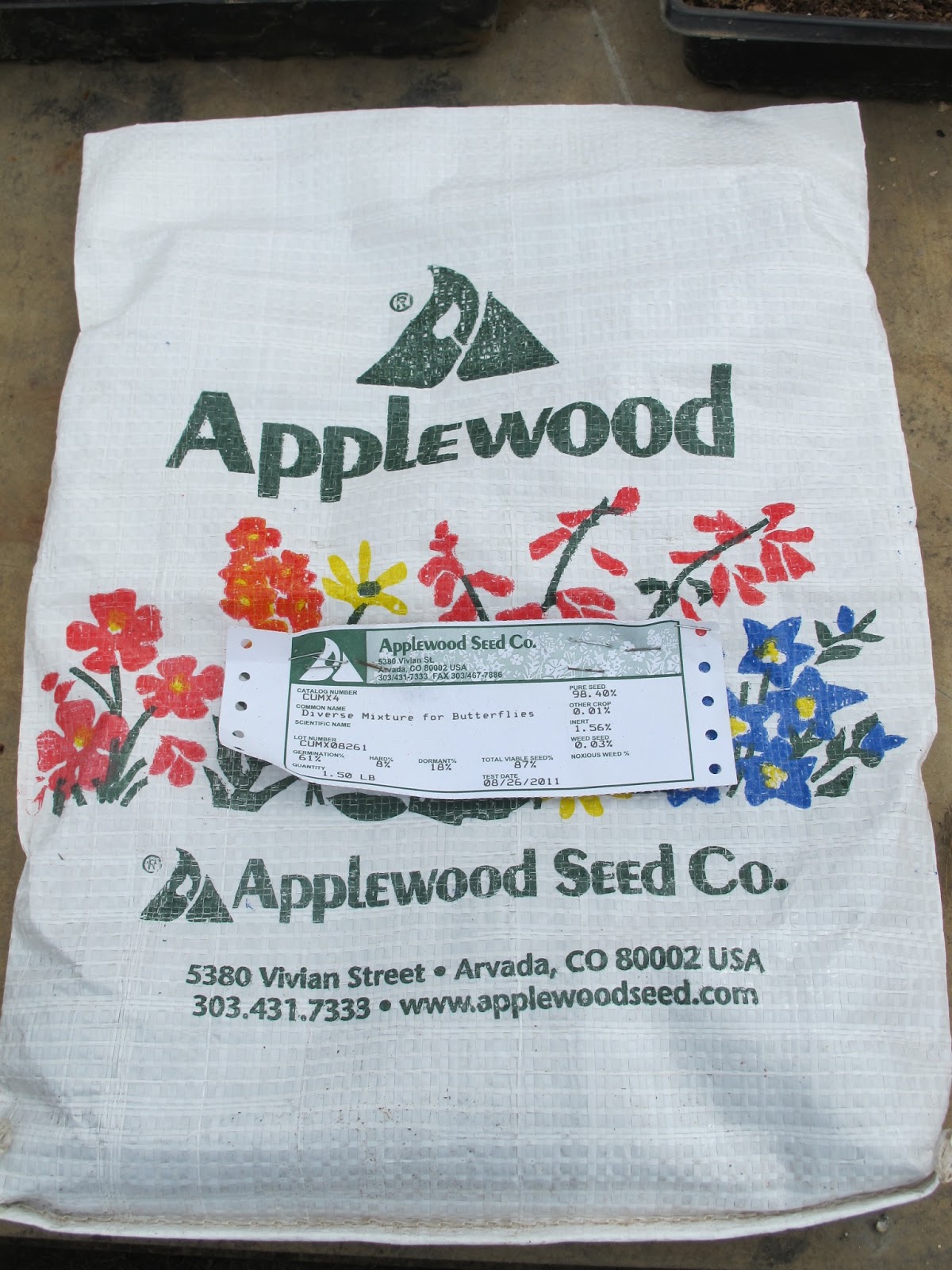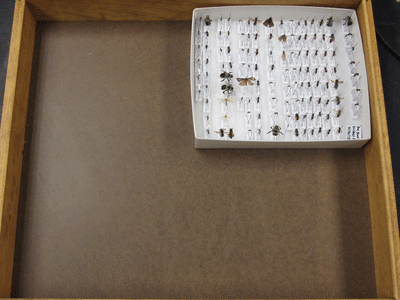Our seeds come from a great company called Applewood Seed, based in Arvada, CO. They have been extremely helpful in choosing which wildflowers would work best for low-maintenance plots in Kentucky.
And their seed bags are delightfully colorful:
Here's what the butterfly seed mix looks like:
In the meantime, the Operation Pollinator plots are full of buds! The lance-leaf coreopsis looks ready to burst into bloom within the next week!
The purple coneflower is a long way from its dominant period, but I spy a single flower bud!
And the plots overall are looking pretty darn verdent!
There were even a few friendly predators living nearby, though I haven't seen very many pollinators out yet this year.
I am about to leave on a business trip to Syngenta's headquarters in Basel, Switzerland, so there won't be any regular updates on bloom progression for a few weeks. My very hardworking undergraduate technician will be taking lots of pictures and keeping me updated, and I'm very jealous that I won't be here to see the first wave of blooms. I will make sure to take lots of pictures as soon as I get back!


















